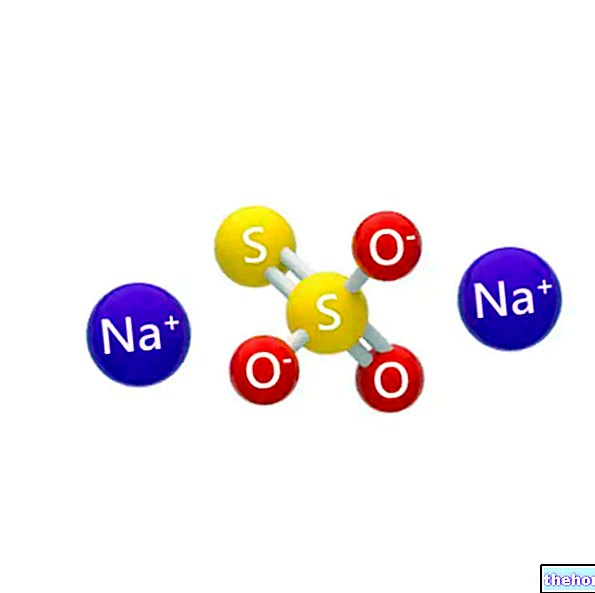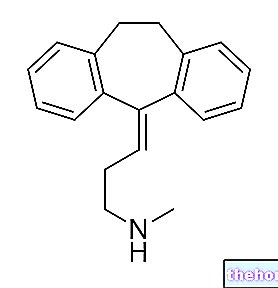The half-life (T / 2) is the time required to decrease the amount of a drug in the body by 50% during elimination. Therefore, knowing the half-life of a drug is very important to allow adequate administration, avoiding run into an overdose.
The half-life is an independent value from the concentration of the drug and from the metabolic activity of our body. If the T / 2 is short, the decrease in concentration will be fast, vice versa the longer the half-life, the slower the decrease in concentration.
In daily clinical practice, the "half-life is necessary to reach a certain effective plasma concentration value or to maintain a certain plasma concentration value of the drug for a long time (days or months). The second example concerns the chronic therapy of certain diseases. All" starting a chronic therapy, the average plasma concentration rises until it reaches a steady level called PLATEAU. In the plateau, the drug dose administered equals the same drug dose eliminated. In this way, in our body there is always a dose of drug that performs its function and eliminates the risk of unpleasant overdoses.

Cmax: maximum concentration
Tmax: time to reach Cmax
AUC (area under the curve): measures the amount of unchanged drug that reaches the systemic circulation after administration of a given dose, and is directly proportional to the amount of drug absorbed
Bioavailability: F or%
Half-life or T½: time required for plasma concentration (at distribution equilibrium) to decrease by half.

One compartment model (instant distribution, first order elimination).
Monoexponential decrease in the plasma concentration of a drug.
Cp% = percentage of the initial plasma concentration.
Half-life number
(No. of T / 2)
Remaining drug fraction
0
100%
1
50%
2
25%
3
12.5%
4
6.25%
5
3.125%
6
1.56%
7
0.78%
8
0.39%
9
0.195%
10
0.0975%
*** 10 half-lives are required to eliminate 99.9% of the drug ***
Other articles on "Half-life of a drug, half-life in plasma"
- Area under the plasma (concentration) curve - time
- Steady state concentration




























